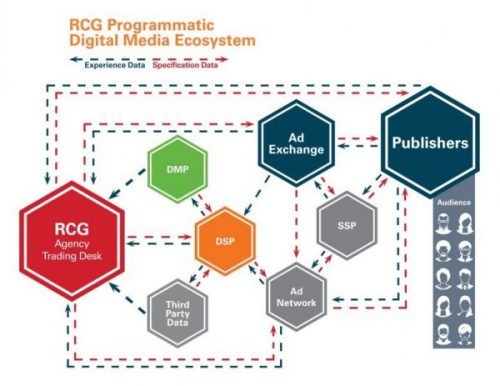
Using Look-Alike Models to Grow Quality Leads
Every business has a group of “best customers.” These are customers whose situation, means and personality creates an affinity for the business’ brand and the inclination to spend money on the business’ products and services.
Wouldn’t it be great if, as a business, we could clone these customers?
The next best thing is to find an audience who looks and behaves like them. That’s the idea behind look-alike modeling and marketing.
The idea of look-alike modeling isn’t new. For decades, in just about every marketing channel, marketers have been attempting to target their advertising to audiences using demographic values.
The advent of digital marketing has supercharged these efforts. Marketers now have the ability to acquire and analyze vast amounts of data about individuals’ online behavior. Better yet, we have the ability to see how our best customers look and behave. Then we can apply that knowledge to serve digital advertising to an audience with similar characteristics.
Data Drives Look-Alike Modeling
The reason that look-alike modeling is taking center stage for today’s digital marketers is because computing power is finally up to the task. Artificial intelligence and machine learning techniques have made it possible to analyze and act on huge amounts of data in real time.
A technique called regression analysis can help find connections between combinations of characteristics and behavior across broad swaths of consumer digital activity.
In a system called programmatic advertising, companies like RCG use our data management platforms to gather this information about your best customers. We push it out through our digital trading desk to serve ads to look-alike web traffic. Data flows out based on our experience with how our customers are interacting with us and data flows in from how non-customers are behaving in response to our ads.

Finding your Look-Alike Digital Audience Eco Map
Machine learning uses the outgoing data and incoming data to optimize the model so its ability to deliver results continues to optimize.
More Data Means Better Results
The process described above is the most sophisticated use of look-alike modeling. It can require significant investment to make sure that the volume of data in and out of the program can make connections and predictions across hundreds of subtle variables.
But what if you don’t have the budget to deploy the “Cadillac” program? Can look-alike modeling be used with a modest budget?
The answer is yes. Look-alike modeling can help even small and medium-sized companies.
Modeling on a Modest Budget
Many popular advertising platforms like Google, Facebook and YouTube can incorporate information on your best customers to serve search results, promoted posts and videos to similar users.
Unlike the broader approach of programmatic advertising, the modeling on each of these platforms only impacts and “learns” from activity primarily on that platform. But that’s still A LOT of data. Consider that recent numbers count 180 million U.S. users of Facebook, 3.5 billion Google searches each day and 5 billion videos viewed daily on YouTube.
Depending on your marketing goals and objectives, adding one or more of these targeting tactics to your broad market strategy can pay real dividends.
Getting Started with Look-Alike Modeling
The first step in any look-alike modeling effort is having good data on your current customers. You have probably heard the term “garbage in, garbage out.” With respect to look-alike modeling this adage really applies. The most important thing is to begin with understanding exactly who your best customers are.
You can rank customers by spend levels or products purchased or any other criteria that makes them profitable. Eliminate customers who had excessive customer service issues or low spend levels. The one thing you want to avoid is generating more customers who are only marginal.
Once you identify the customers who you would love to have more of, a company like RCG can help you choose where and how to use that data to greatest effect.
Modeling Cautions
While look-alike modeling is a powerful tool, it’s also important to understand its limitations. Like any tactic, look-alike modeling should only be one part of a well-rounded marketing strategy.
With all of its advantages, look-alike modeling also has a couple of weaknesses to be aware of. The first weakness is simply the flip side of its greatest strength. If you only target the same kind of customer, you’ll only get the same kind of customer. This is a feedback loop that may eventually narrow your target audience to a sliver.
The second weakness is also related to having too narrow an audience. No matter what digital platform you use to deploy your look-alike model, you’re still only reaching users of that platform. Even with broad-based programmatic deployment, there are likely still multitudes of potentially good customers who will “slip through the cracks” because their online behavior and web data isn’t complete for one reason or another.
This is why it’s important to always consider employing a broad-market strategy in addition to digital targeting. A broad market strategy also has the advantage of potentially adding new data for your best-customer model, refreshing your target audience and helping you keep pace with market evolution.
The Bottom-Line on Look-Alike Modeling
There’s no question that deploying more and better targeting can improve your lead generation and sales. As with any marketing strategy, the key is to balance the investment required to the results generated.
If you would like to incorporate look-alike modeling into a well-balanced marketing and media strategy, our team would be happy to help. RCG has years of experience in both targeted and broad-market advertising and media and can help you avoid pitfalls along the way to maximizing your marketing ROI.




